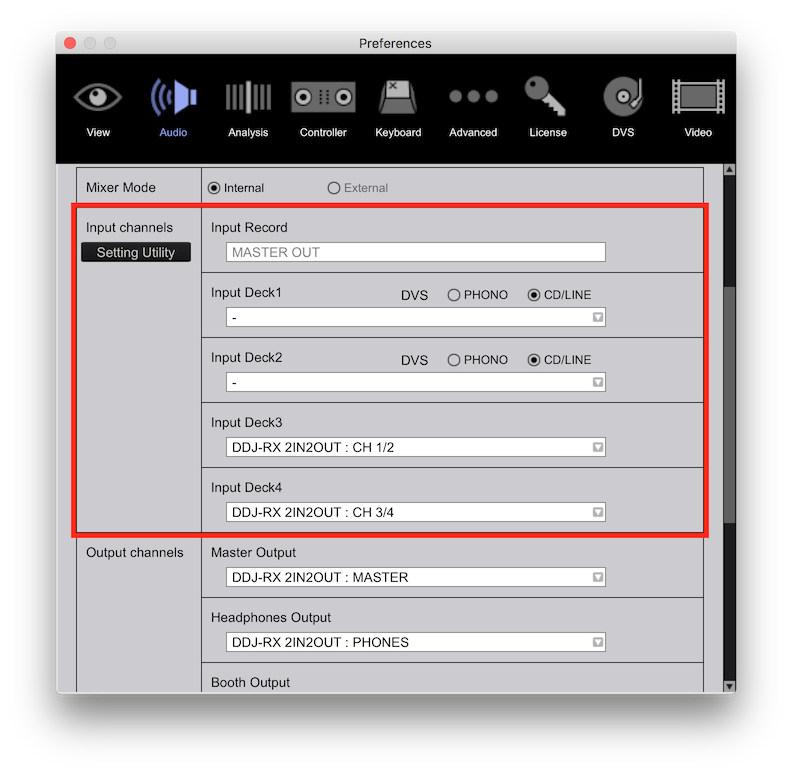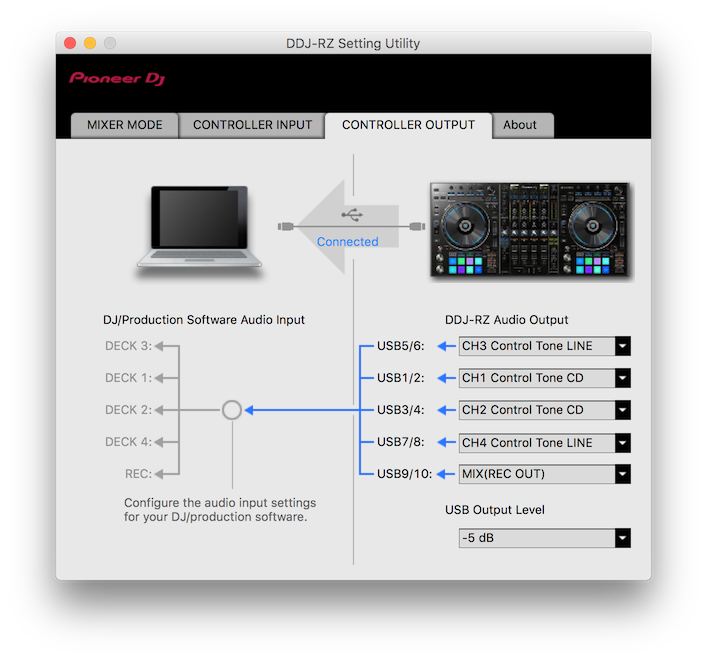

You then drag that point down so instead of amplifying it quietened that frequency.

It showed by amplifying the notch first you could drag the frequency up and down the frequency range and it would amplify the hum when you found the frequency it was at. It used a notch filter where you could control the frequency of what to amplify or silence. For example I watched a really interesting one on removing hum. There are lots of instructions out there on how to do sound processing. There is some skill to doing this, so it is better to do whatever you can to avoid the noise in the first place. to remove fan noise, or adjust bass and treble levels). This can improve the quality of the sound coming from your microphone (e.g. Using applications such as Audacity (free) or Adobe Audition (paid) you can apply various audio processing techniques like filtering and noise reduction. One example of wanting to stream audio through another application is to improve audio quality. Also be aware that cameras and microphones are separate devices, so you may need to connect up video and audio separately. There any many options out there and I would suggest reading some knowledgeable reviews before selecting one. I am not trying to exhaustively list such tools, just be aware that they exist. But they can also be used to generate a camera source. This is useful for example when streaming game play by streaming directly to YouTube, Twitch, etc. There is also OBS Studio (and others) that can watch a part of the screen and capture that, turning it into a video feed. The application thinks its just using a different video camera. This allows, for example, the output of CamTwist to be fed into the camera for Google Meet, Skype, etc. They can create a virtual camera for other applications to use as an input video stream. Similarly there are programs that can do this with video, such as CamTwist on the Mac. The second application then selects a Microphone called BlackHole from which it gets the audio stream.) You select that and the audio output goes to BlackHole. (BlackHole etc appears alongside speakers and headphones as the output device. BlackHole and Soundflower are example applications on Mac that can connect the audio output of one program to the microphone of another, if you can tell the application to use different “speakers”. There are some 3rd party utilities around that make this possible, such as “Virtual Cable”. That is, on Mac and WIndows you cannot just hook the audio/video output of program 1 to the input of program 2. It may be obvious to most, but it took me a moment to realize that applications can read from the microphone or camera, and can send output to the speakers or screen, but that does not mean you can do a UNIX pipe command between them. There are lots of interesting things you can do, but they don’t always all work together as you plan. It was interesting to see how the complexity can blow out pretty quickly. In this post I focus on some of the underlying technologies. In my last post I talked about some of the decision process I used when exploring which video platform to use a series of online office hours for ecommerce.


 0 kommentar(er)
0 kommentar(er)
